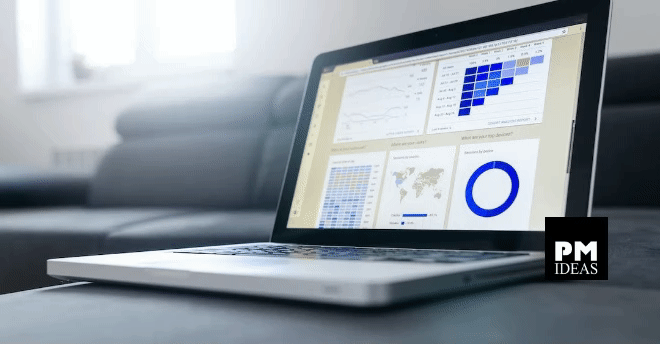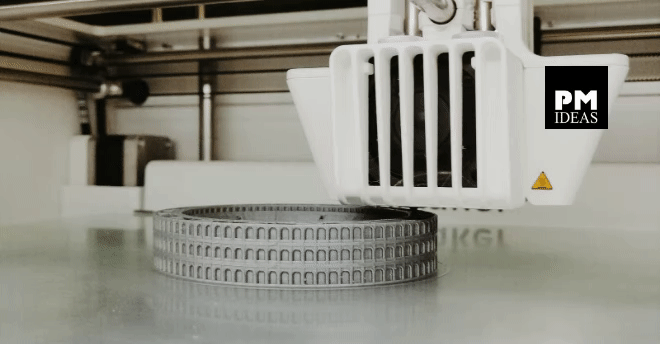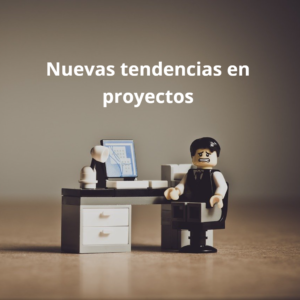Puedes leer el artículo en español: «El Museo del Futuro», publicado en Stakeholders.news
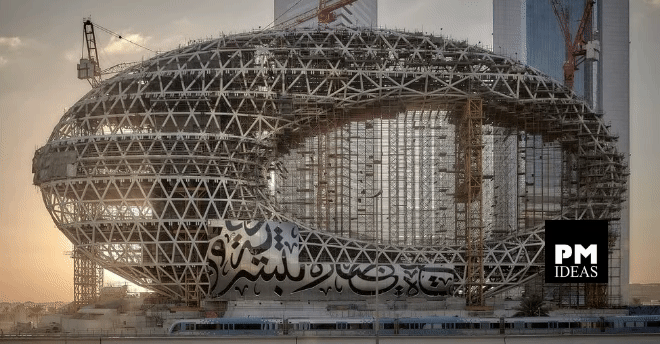
The world’s most beautiful building was not designed by an architect.
It is difficult to pick out a single standout building in a rapidly growing city like Dubai. However, the Museum of the Future in Dubai, designed by Killa Design and engineered by Buro Happold, is a groundbreaking construction project that has made history.
The elliptical-shaped building represents humanity standing on a pedestal, which symbolizes Earth as the support for all people who share a space that is still empty. This emptiness represents everything we do not yet know or, in other words, the future. PMI nominated the Museum of the Future as one of the most influential projects of 2021. Despite its spectacularity, the project encountered delays in design and construction due to technological challenges.
The Dubai Future Foundation sponsored this project, led by Sheikh Mohammed bin Rashid Al Maktoum, the Prime Minister of the United Arab Emirates. It is noteworthy that the most impactful projects in the UAE have the personal support of the highest authorities, which is not something we are accustomed to in other regions.
The use of artificial intelligence was indispensable in creating the Museum of the Future.
The building’s facade is made of stainless steel and consists of 1,024 prefabricated pieces covering a total surface area of 17,600 square meters. Therefore, the main challenge for the engineering firm Buro Happold was to create a digital model that would allow them to design such a complex building and manage the processes to construct it.
The objective was to develop the optimal design of the structure to minimize the number of different pieces so that their construction could be standardized. At the same time, the design had to find the optimal balance between the amount of natural light entering the museum, solar heat gain, air conditioning load, and aesthetics. As a final touch, it was required that the building be classified as a LEED Platinum building.
A custom algorithm was developed to determine the optimal arrangement to create this unique shape for the museum.
A custom algorithm was developed to determine the optimal arrangement to create this unique shape for the museum. The AI algorithm was responsible for designing multiple models, selecting the one that optimally solved the structure and facade panels.
The result was a structural and facade design that was optimized in terms of the number of element points and curves, steel tube diameter, and even the total weight of steel used, resulting in cost and time savings for the client. All phases of the structure’s assembly were analyzed, taking into account tensions and changing loads during the assembly process.
These creative processes based on algorithms are becoming more common and are helping architects and engineers solve complex problems through generative design. This involves designing not just the object but a process for generating objects. Computational models and algorithms are developed to create a process capable of generating infinite objects or results. These digital models are part of a broader process of democratizing creativity, making advanced tools accessible to a wider audience. AI can decipher the design patterns that architects have created intuitively or intentionally over the years.
This is not new. In fact, Christopher Alexander’s Pattern Language, in which he identified and compiled several design patterns specific to residential architecture, served as an example for software developers.
I don’t think AI will leave software developers jobless, just like pattern language didn’t create architecture without architects. However, it’s evident that AI will be a powerful tool that could improve the design process.
This technology has also been crucial in optimizing the interior design of the Museum of the Future exhibits. The museum aims to be an example of how a modern building should function. They used a parametric model of people’s movement throughout the building during its design phase to achieve this. This helped them determine how to reduce wait times and improve traffic flow by adjusting the hallways’ width, number of elevators, bathroom design, and ticket booth layout. And all the data gathered during the design and construction phases will be used to inform the museum’s operation and maintenance.
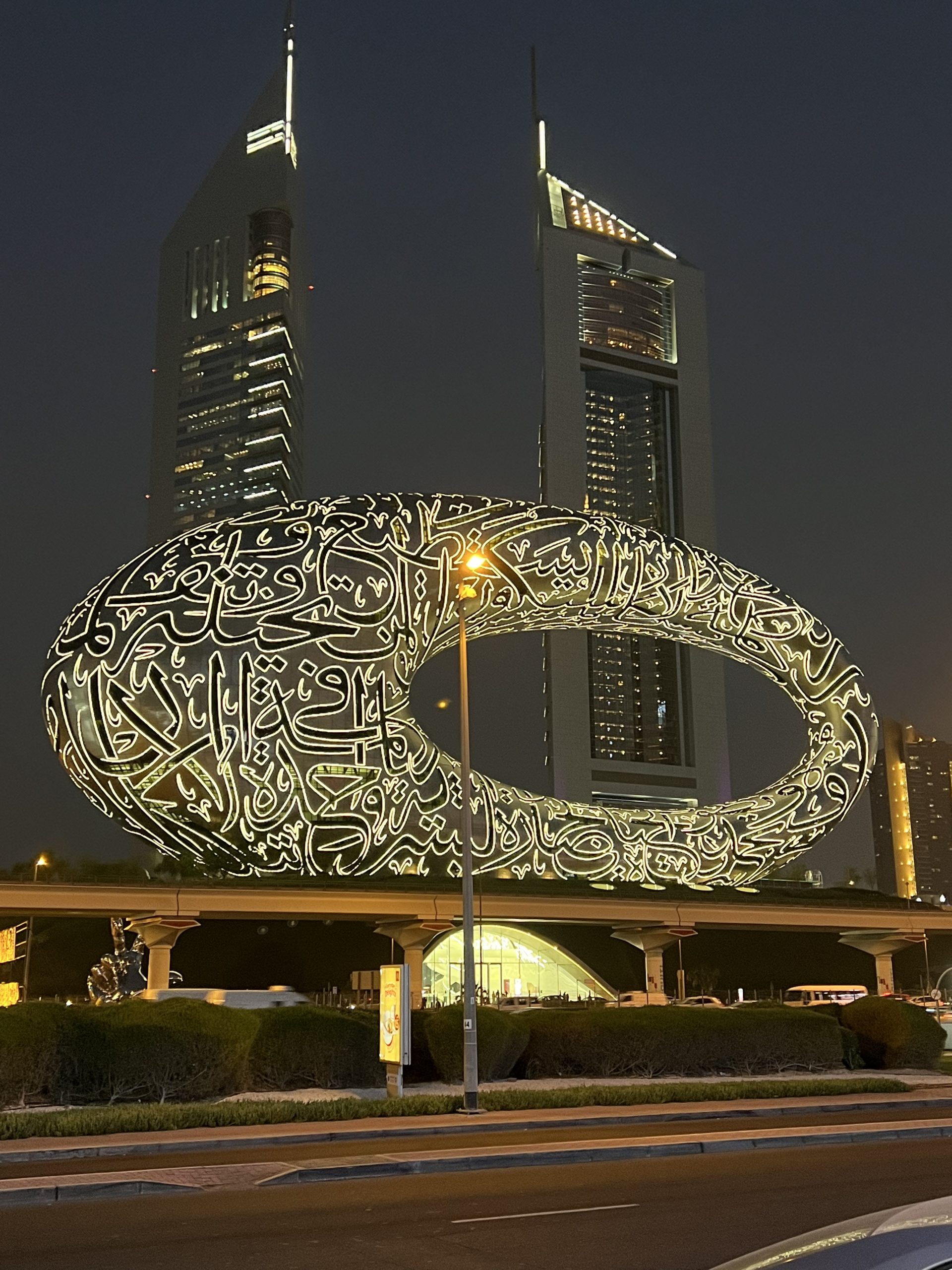
The museum hopes to offer an optimistic view of the future.
The interior spaces are focused on showcasing the human history of the future to visitors. This isn’t a museum with objects displayed in glass cases. Visitors can use a wide range of technologies, including augmented and virtual reality, to project themselves into the future and create an immersive experience. The museum hopes to offer an optimistic view of the future, unlike the generally bleak perspective presented by robots and algorithms taking over the world and stealing our jobs.
This building is transforming how we understand the creative process and the challenges it presents, which are impossible to resolve without technology. It also raises many questions and possibilities.
The Future, like the void at the center of the museum, is still waiting to be written.

La entrada Museum of the Future aparece primero en PMideas.
Fuente: SalineroPampliega (Museum of the Future).


